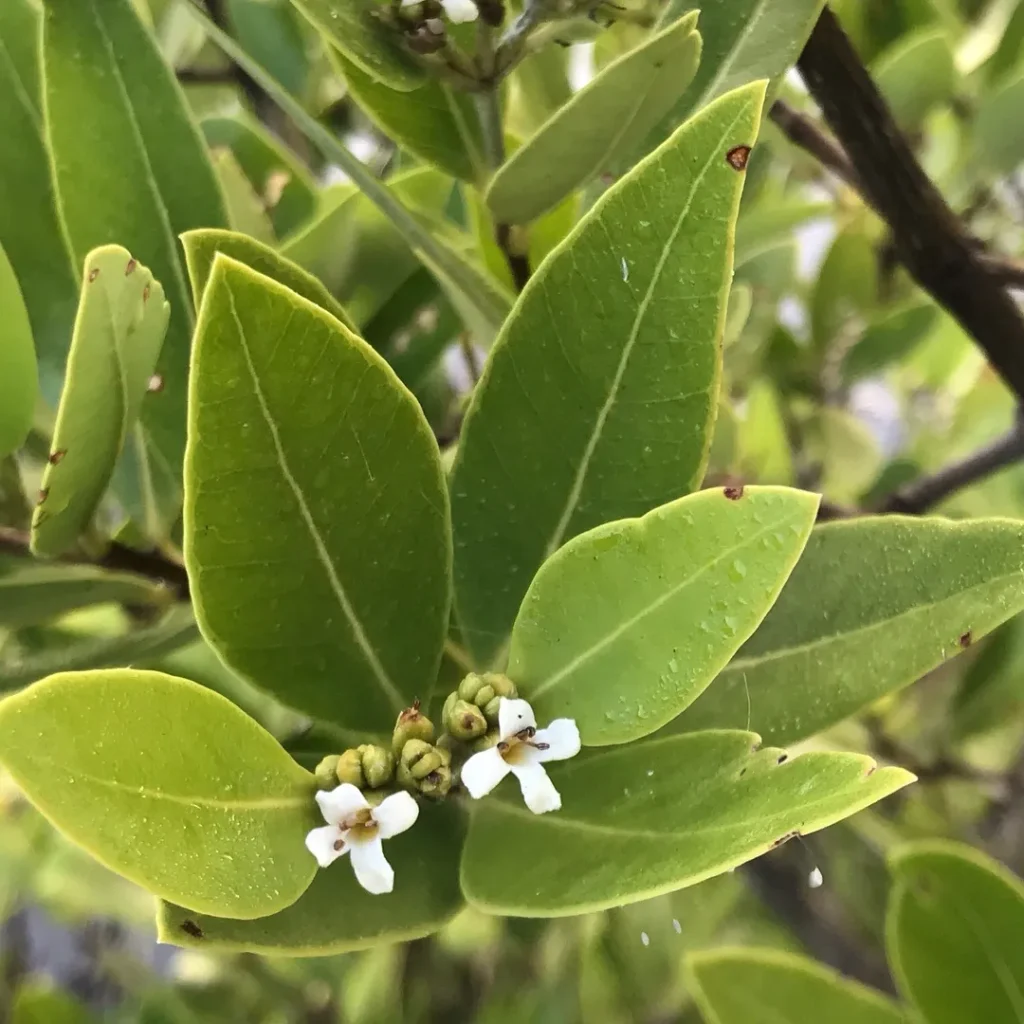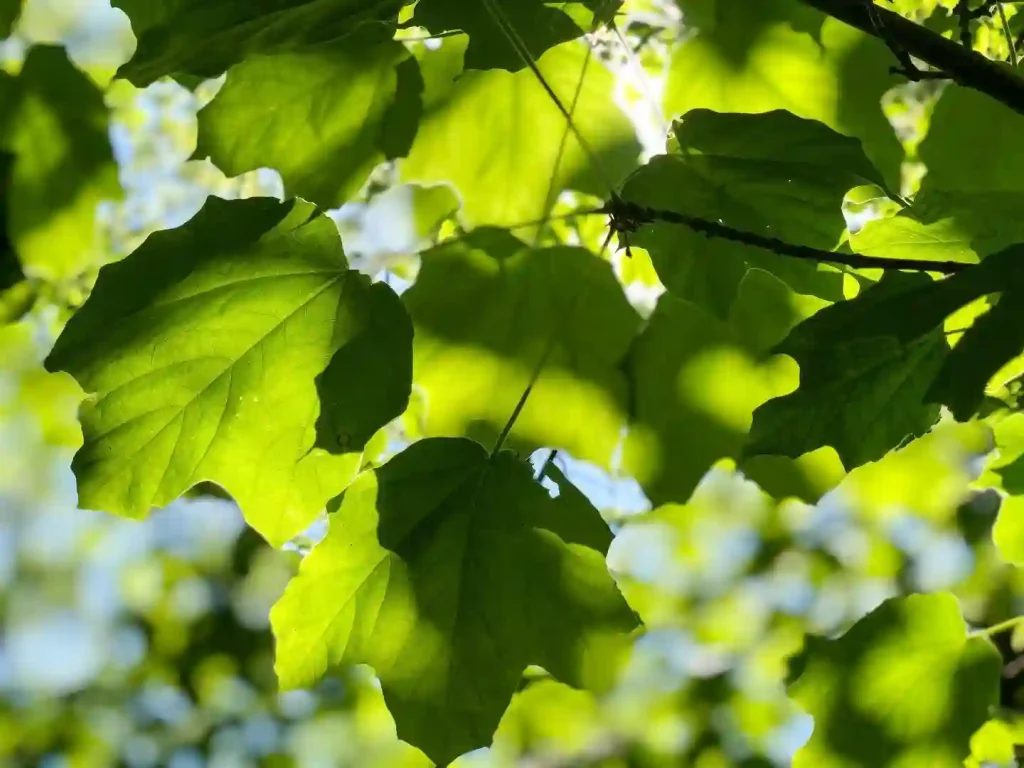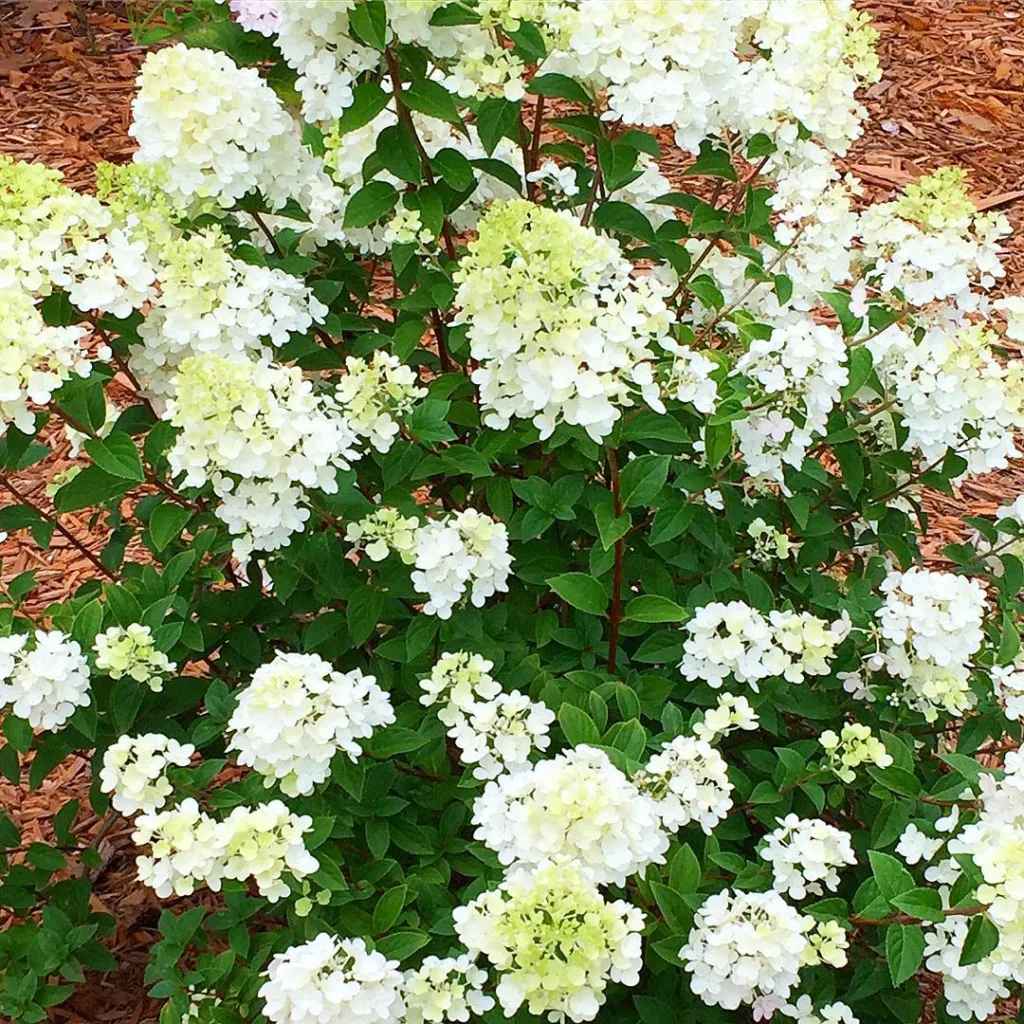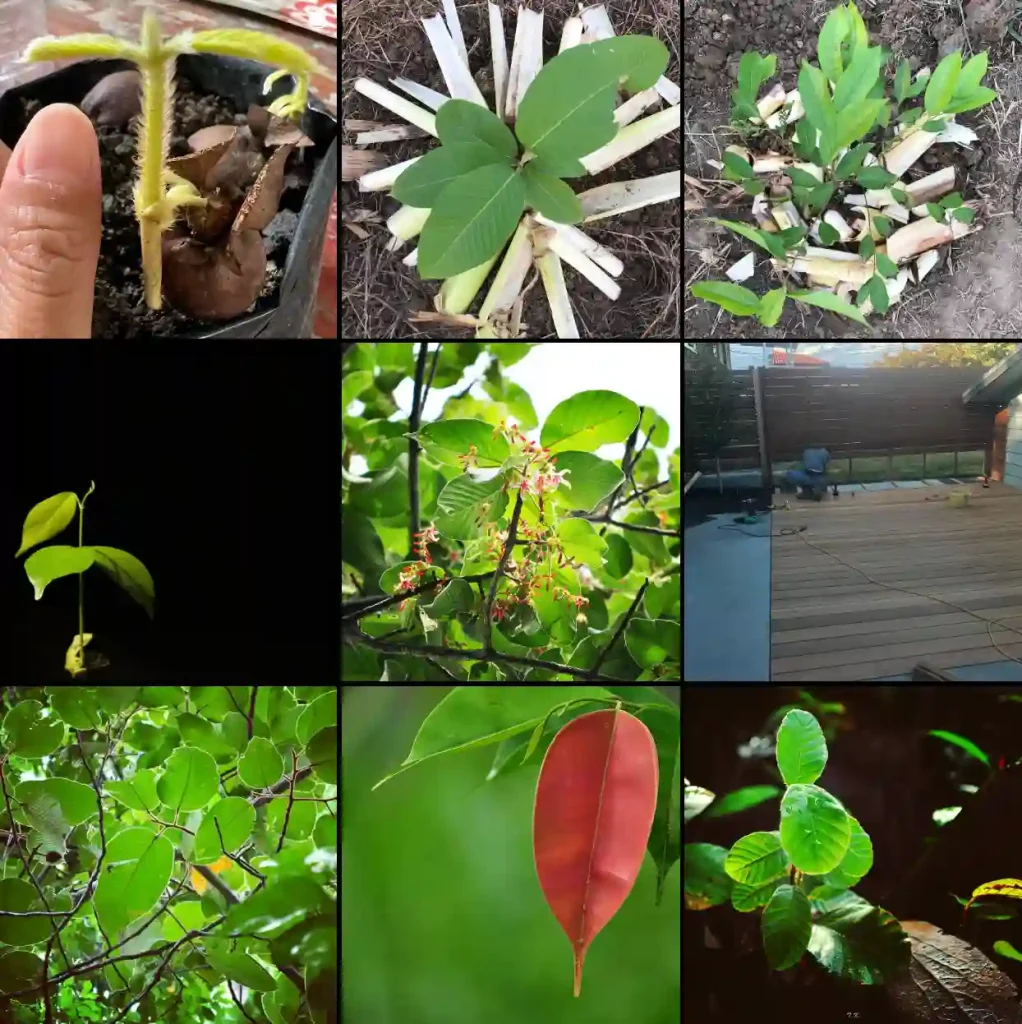
All About Yellow Avens: A Gardener’s Guide to Geum Aleppicum
Hi there, Ferb Vu here! As a plant enthusiast, I’m always on the lookout for new additions to my garden that are both beautiful and beneficial. One such plant that recently caught my eye is Geum aleppicum, commonly known as Yellow Avens.
59 Species in Genus Geum
What is Geum Aleppicum?
Geum aleppicum is a herbaceous perennial native to vast swathes of the temperate Northern Hemisphere. You’ll find it thriving in regions across eastern Europe, Asia, and North America.
This sun-loving wildflower typically reaches a height of 2-3 feet, boasting pinnate leaves and cheerful, bright yellow flowers that bloom in late spring and early summer. Each flower measures around 2 cm in diameter and has five to seven slightly toothed petals.
Beyond its aesthetic appeal, Yellow Avens attracts a vibrant cast of pollinators, with butterflies, particularly swallowtails, flocking to its nectar. It even serves as a vital host plant for the caterpillars of the Baltimore Checkerspot butterfly, making it a valuable addition to any pollinator-friendly garden.
How to plant and care for Yellow Avens?
Growing Yellow Avens in your garden is a breeze. Here’s what you need to know:
- Light: Geum aleppicum thrives in full sun to partial shade. Aim for at least 6 hours of direct sunlight daily for optimal growth.
- Soil: This adaptable plant prefers moist to wet soil with good drainage. Amending your soil with compost before planting will ensure it retains moisture effectively.
- Watering: Keep the soil consistently moist, especially during the first growing season. Once established, Yellow Avens is fairly drought-tolerant.
- Fertilizing: While not strictly necessary, a light application of balanced fertilizer in early spring can promote healthy growth and flowering.
Propagation: Seeds or Division?
There are two primary methods for propagating Yellow Avens:
- Seeds: Sow seeds in spring or autumn in a cold frame. Once seedlings are large enough to handle, transplant them into individual pots and harden them off before planting them outdoors in their permanent location during the summer months.
- Division: Division can be done in spring or autumn every 3-4 years to maintain the vigor of the plant. Simply dig up the clump, carefully separate the roots into sections, and replant each section with fresh soil.
Is Yellow Avens invasive?
While Geum aleppicum is native to many regions, it can become slightly invasive in some areas. Monitor its spread and remove any unwanted seedlings if necessary.
Does Yellow Avens have any medicinal uses?
Traditionally, some cultures used various parts of the Yellow Avens plant for medicinal purposes. However, it’s important to consult a healthcare professional before using any plant for medicinal reasons.
What are some good companion plants for Yellow Avens?
Yellow Avens pairs beautifully with other perennials like Columbine, Catmint, and Veronica.
Yellow Avens vs. Other Avens Varieties
Several other Avens varieties exist, with some sharing physical similarities to Yellow Avens. Here’s a quick comparison to help you differentiate:
- Wood Avens (Geum urbanum): This European native has smaller, nodding yellow flowers and prefers shadier environments compared to Yellow Avens.
- Bloody Avens (Geum rivale): This North American native boasts reddish-orange, downward-facing flowers and thrives in moist meadows and woodlands.
Conclusion: Adding Yellow Avens to Your Garden
With its cheerful blooms, ecological benefits, and ease of care, Geum aleppicum is a fantastic addition to any garden. Whether you’re a seasoned gardener or just starting out, Yellow Avens is sure to add a touch of sunshine and wildlife attraction to your outdoor space.
So, why not give this delightful wildflower a try? With a little TLC, you’ll be rewarded with a vibrant and beneficial addition to your garden ecosystem.
If i die, water my plants!



